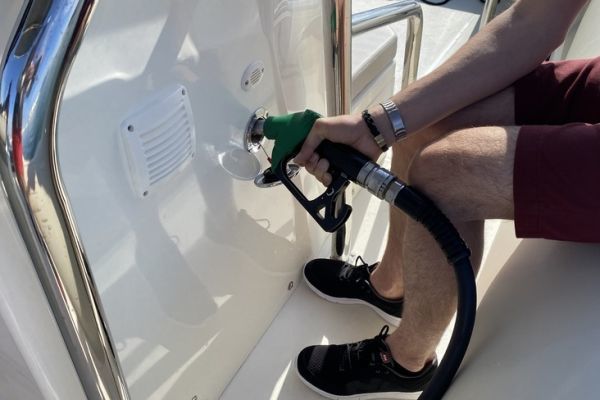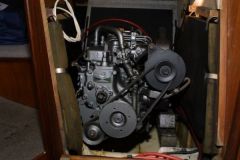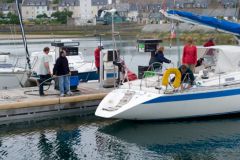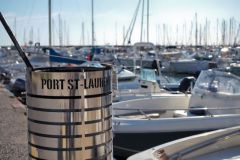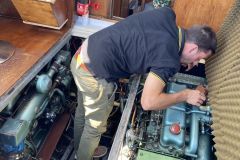While the risks are mainly associated with gasoline engines, these good practices are still smart to implement for all engines. Here are a few tips on how to fill your boat's fuel tank safely.
Choose the coolest times of the day
For a start, refueling at the hottest time of the day is not recommended. Firstly, because gasoline vapours can be higher and cause explosions. But also because fuel is purer in the morning, when deposits have not yet had time to rise.
Tie up properly
When you reach the fuel pontoon, tie up your boat with at least two mooring lines. Similarly, when you've finished filling up, switch on the engine before casting off. In the event of a problem, you'll be able to intervene more quickly and call for help.
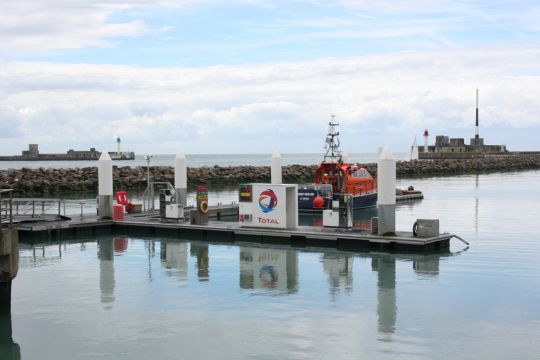
Wear the right equipment
Logic dictates that smoking or lighting a flame is forbidden in the vicinity of the fuel station. It's best to wear shoes to avoid slipping, and why not gloves to avoid contact with the fuel.
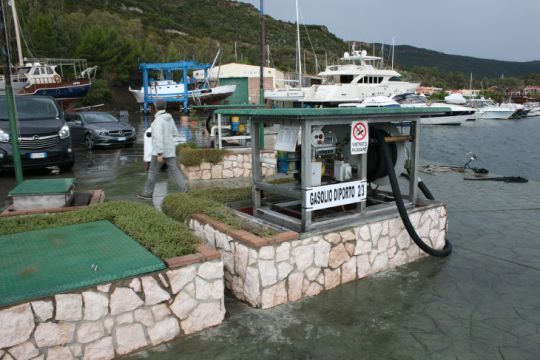
Disembark the crew
Prevention is better than cure. While you're refueling, ask the crew to disembark and respect a distance zone. The crew can use this time to stretch their legs or use the washroom facilities. If it's not compulsory, disembarking the crew helps protect them in the event of an accident.
Close the portholes, the companionway and shut down everything!
Switch off the engine and electrical circuits. Before refueling, if the station is not crowded, you can let the engine cool down for about ten minutes. Close all portholes, deck hatches and companionways to minimize damage in the event of fire. Check that the fire extinguisher is in the immediate vicinity. Before, during and after filling, ventilate the engine and fuel bilges.

Check fuel type
Of course, a boat owner might find this advice irrelevant. But when renting a boat, be sure to check whether the fuel is diesel or petrol. Unlike cars, the type of fuel is not always indicated on the fuel tank.
Be careful when refueling
Again, for novices or summer renters, make sure you open the right cap, not the water tank cap, for example. During filling, keep an eye on the fuel tank vent to prevent overflow. A passenger can keep an eye on the gauge. Don't overfill the tank, as fuel tends to expand when hot. Replace the cap once you've filled the tank.

Wait a few minutes before setting off again
Continue to ventilate the hold for a few minutes before starting the engine. Also open the windows to ventilate. Before starting the engine, check for any smell that might indicate the presence of fumes in the compartment. If not, you can then start the engine, bring the crew aboard and cast off.

 /
/ 